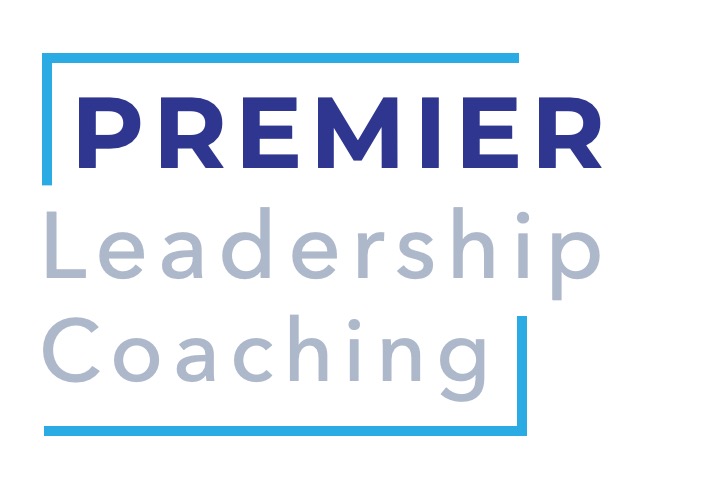Generally, people want to be perceived as being open, flexible, adaptable and current. It is not difficult to understand why. Simply, these qualities are seen as strengths and possessing them is thought of as a good thing. No one wants to be described as closed, rigid, set in his ways, or behind the times. As a result, most of us like to think of ourselves as someone to whom the first set of adjectives applies.
Before you consider the case closed, try to remember the last time you tried something new, threw your old approach out the window, or changed plans midstream. If you are anything like me, the image is not so easy to conjure. In my case, I immediately think of my Kindle. Yes, the very same Kindle that I swore I would never buy because I am a “book person.” The same Kindle I thought about getting for several years before pulling the trigger. And, yes, the one that I had for five months before I bothered to use it. But perhaps, most importantly, it is the Kindle that I love and now cannot imagine living without.
While the moral of the Kindle story may be obvious, it is no less poignant. You don’t know until you try. Believing you are someone who embraces progress, but really being someone who holds fast to the status quo will not suffice. To reap the benefits that change makes possible, you have to be actually open, flexible, adaptable, and current. Whether your goal is to increase your happiness, grow your book of business, advance in your organization, or something else, trying something new is your best chance of making it happen. Forget the perceived downside. No matter how great, it is minimal compared to missed opportunity.
We cannot know whether Charles Kettering was correct when he said, “If you have always done it that way, it’s probably wrong.” But there is a surefire way to find out – give a different approach a shot. Run a test. What’s the worst that can happen? Throw away eighty-dollars on an eReader? Annoy a client? Waste three hours at a networking event? Get told, “No?” In the end, none of this really matters. The real question is, “What’s the upside?”

Alexa, your guidance helped me so much while I was in transition. Thank you for your help! I am so much happier now and the possiblities are much more interesting than before.
All the best, LS